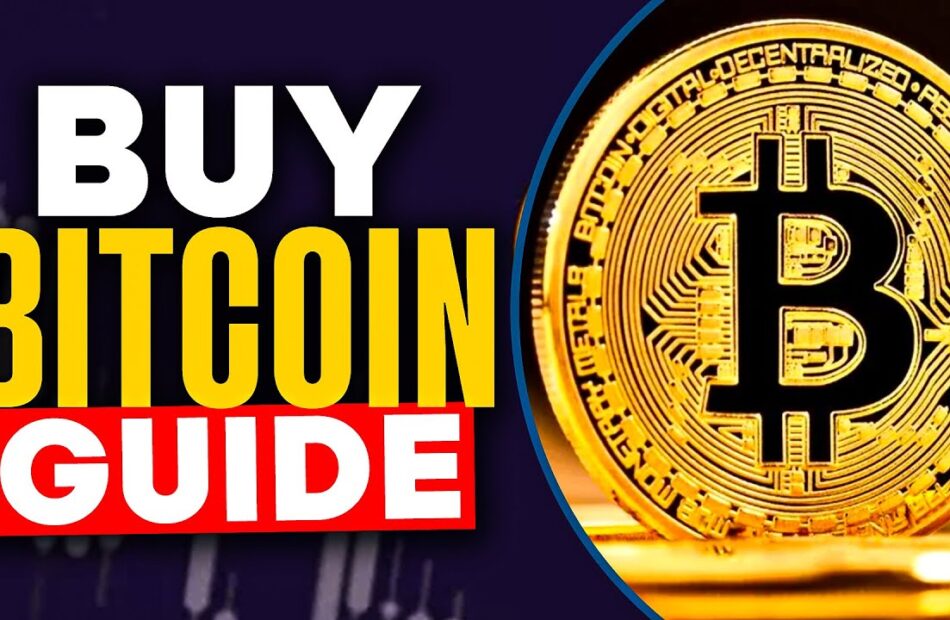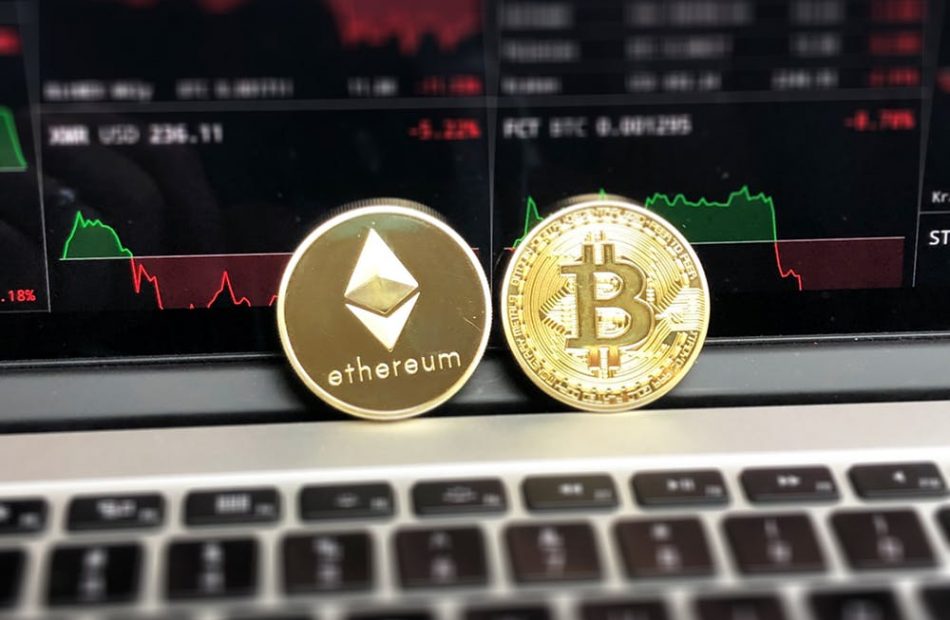How to Buy Bitcoin Safely: A Beginner’s Step-by-Step Guide
Buying Bitcoin is straightforward—but buying it safely takes a few deliberate steps. This guide walks you through the entire process, from choosing a wallet and exchange to making your first purchase and securing your coins. It’s written for beginners and focuses on practical, low-risk habits you can use right away.
Quick note: This is educational content, not financial or tax advice. Always do your own research.
Step 1: Understand the Basics (and the Risks)
- Volatility: Bitcoin’s price can move sharply. Only invest what you can afford to hold long-term.
- Irreversible transactions: If you send coins to the wrong address, there’s no chargeback.
- Self-custody responsibility: If you hold your own keys, you are the bank. That’s powerful—but you must safeguard your recovery phrase.
Step 2: Decide Where You’ll Buy
Common options:
- Regulated exchanges/brokers (recommended for beginners): Simple onboarding, bank or card deposits, clear pricing.
- P2P marketplaces: Buy from other users; more private but requires extra caution.
- Bitcoin ATMs: Convenient, but fees are typically higher.
What to look for in an exchange:
- Reputation & compliance: Established brand, clear company details, and strong track record.
- Security practices: Cold storage, insurance disclosures, and robust 2FA (preferably authenticator apps).
- Transparent fees: Published trading, deposit, and withdrawal fees.
- Liquidity: Tighter spreads (difference between buy/sell prices) reduce your cost.
- Withdrawal reliability: Easy, timely withdrawals to your own wallet.
Step 3: Set Up Your Security First (Before You Buy)
- Use a dedicated email (not used elsewhere) with a strong, unique password.
- Enable a password manager to generate/store long, unique passwords.
- Turn on 2FA using an authenticator app (avoid SMS if possible).
- Harden your device: Update your OS, browser, and antivirus; remove unknown extensions.
- Bookmark official URLs to avoid phishing; consider setting an anti-phishing code if your exchange offers it.
Step 4: Choose and Prepare Your Wallet
You can keep coins on the exchange (custodial) or move them to your own wallet (non-custodial). For maximum safety, set up your wallet before buying so you can withdraw immediately.
Wallet types:
- Hardware wallet (best for long-term): Small USB-like device that stores keys offline.
- Mobile/desktop software wallet: Good for smaller amounts and frequent spending.
- Custodial wallet (exchange): Easiest but you rely on the company’s security.
Setup steps (non-custodial):
- Generate a new wallet and write down the recovery seed phrase (12/24 words) offline on paper or a metal backup.
- Never type the phrase into websites, cloud notes, or screenshots.
- Create a strong wallet password/PIN; enable biometric unlock if available.
- (Optional) Test recovery with a small amount: wipe the wallet and restore using the seed to confirm it works.
Step 5: Create and Verify Your Exchange Account
- Sign up on your chosen exchange with your dedicated email.
- Complete KYC (ID verification) if required.
- Enable 2FA (authenticator app) immediately.
- Set withdrawal protection (address allowlisting, device approvals, withdrawal delays) if available.
- Add payment method: Bank transfer is typically cheaper; cards are faster but can cost more.
Step 6: Make Your First Purchase (The Low-Risk Way)
- Start small: Do a tiny test buy to get comfortable with the interface and fees.
- Order type:
- Market order buys instantly at current price (simple, but can include slippage).
- Limit order lets you set your price (more control, may take longer).
- Market order buys instantly at current price (simple, but can include slippage).
- Confirm you’re buying real BTC on the Bitcoin network (not a wrapped token or a different network).
- Dollar-Cost Averaging (DCA): Consider small, regular buys to reduce timing risk.
Step 7: Withdraw to Your Own Wallet (Recommended)
Exchanges are convenient but not risk-free. Withdrawing to your wallet gives you full control.
- Copy your wallet’s Bitcoin receive address (starts with “bc1…” for bech32).
- Triple-check the address before pasting—beware of clipboard-hijacking malware.
- Send a test withdrawal (e.g., a small amount) before moving larger sums.
- Choose an appropriate fee: Higher fee = faster confirmation; many exchanges set this automatically.
- Track the transaction on a block explorer until confirmed.
Step 8: Lock Down Your Long-Term Security
- Protect your recovery phrase: Store offline in two secure places (e.g., separate locations).
- Update firmware (hardware wallets) and app versions regularly.
- Use coin control/privacy basics (advanced): avoid address reuse and be mindful of how you combine UTXOs.
- Beware of social engineering: No support agent will ever ask for your seed phrase.
- Plan inheritance: Leave clear, secure instructions for trusted beneficiaries.
Step 9: Keep Records for Taxes & Compliance
- Save receipts and transaction IDs.
- Export trade history from your exchange periodically.
- Track cost basis (what you paid) and holding periods; consult a tax professional for your jurisdiction.
Common Scams to Avoid
- Guaranteed returns / “account managers”: No legitimate service guarantees profits.
- Phishing sites & fake apps: Always verify URLs and official app publishers.
- Giveaways & airdrops requiring your seed phrase: A real service will never ask for it.
- Address poisoning/dusting: Always verify addresses carefully; don’t rely on “recent” address lists.
- Imposter support: Scammers posing as exchange or wallet support on social media.
Fees 101 (So You Don’t Overpay)
- Trading fees: Charged by the exchange (maker/taker).
- Deposit/withdrawal fees: Bank wires, cards, crypto withdrawal fees.
- Network fees: Paid to Bitcoin miners; varies with network congestion.
Tips to lower costs:
- Prefer bank transfers over cards when possible.
- Use limit orders (often lower “maker” fees).
- Batch withdrawals instead of many small ones (when safe to do so).
Quick Checklist (Print or Save)
- Dedicated email + strong password + authenticator 2FA
- Reputable exchange with clear fees and smooth withdrawals
- Non-custodial wallet set up; seed phrase backed up offline
- Small test buy and small test withdrawal first
- Verify network (BTC) and addresses every time
- Records exported for tax tracking
- Ongoing security hygiene and scam awareness
Buying Bitcoin safely is less about technical skill and more about disciplined habits: control your keys, verify everything, and start small. Follow the steps above and you’ll build a secure foundation for your Bitcoin journey—without unnecessary risks.
New Zcash Software Sets Stage for ‘Sapling’ Upgrade
Vestibulum libero nisl, porta vel, scelerisque eget, malesuada at, neque. Vivamus eget nibh. Etiam cursus leo vel metus.
Fusce Euismod Consequat
Aliquam congue fermentum nisl. Mauris accumsan nulla vel diam. Sed in lacus ut enim adipiscing aliquet. Nulla venenatis. In pede mi, aliquet sit amet, euismod in, auctor ut, ligula. Aliquam dapibus tincidunt metus. Praesent justo dolor, lobortis quis, lobortis dignissim, pulvinar ac, lorem.



